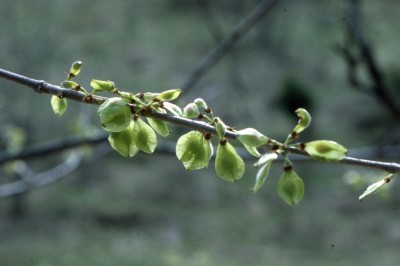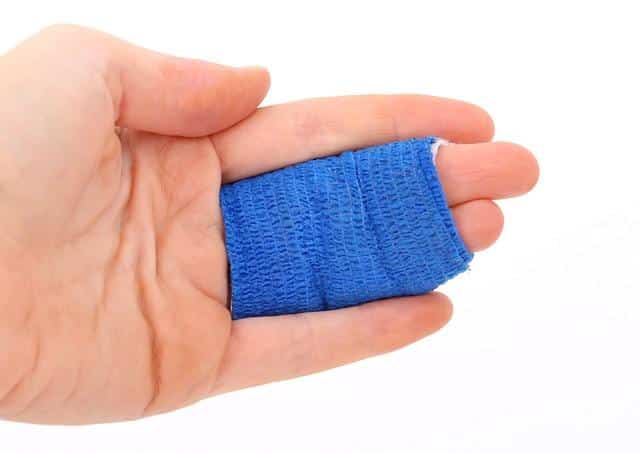While working on my master herbalist degree, my German shepherd mixed breed dog named Ginger ended up with a tumor on her leg. The tumor grew to the size of an orange and was located in the middle of her leg, on the side. An x-ray showed that the tumor was not connected to the bone — a good sign because it had not invaded the bone tissue. It was localized.
I instructed a friend to “rope off the tumor” with a rubber band, tightening the band every day while I was gone on a business trip. She did, and this starved the tumor. When I returned, the tumor looked lifeless and was essentially hanging by a band of tissue. Ginger then bit it off.
Now I was faced with an open wound. It was large — the entire surface area of an orange. Veterinarians would say that a skin graft was needed to cover the entire area.
I made up an herbal formula with anti-infection herbs and herbs that helped regrow and restore tissue. The herbs I used included cat’s claw, Echinacea, goldenseal, slippery elm and comfrey. The formula was mixed with a little water and then added directly to the wound. After seeing some pus, I changed the strategy to adding the herbs in Ginger’s food and she gladly gobbled them up three times daily.
Learn How To Make Powerful Herbal Medicines, Right in Your Kitchen!
Every two days, there was a visible closing of the wound circumferentially by about one-fourth an inch. Ginger’s body was healing itself, and the herbs were stimulating the healing, just as they were meant to do.

Slipper elm tree. Photo by Milo Pyne / Flickr / Creative Commons / https://creativecommons.org/licenses/by/2.0/
The wound finally healed up completely, knitting itself perfectly without any stitches. All the hair grew back, as well, and there was no sign of ever being any type of trauma. Ginger had complete feeling in the area where the wound had been, and she lived another four years, dying at the age of 16.
Which Two Herbs Regenerate Tissue?
The two herbs that help regenerate the skin and tissues are slippery elm and comfrey. In herbal school, our teacher, Dr. Christopher, told stories of how he used these herbs. One slippery elm story was of a little girl who suffered from a completely shattered pelvis.
The girl could not move because of excruciating pain, and back in the 1950s, the roads in Utah were not as well-established as they are now. Many of them were made of rock and gravel and would have caused a lot of jarring to a broken bone. Fractured bones are very susceptible to vibration and the little girl would have suffered a lot of pain during the trip both to and from the hospital. Thus, the family called Dr. Christopher to come out for a house call.
He mixed slippery elm with a little water to make a paste and packed it into the wound after cleaning it; he then covered it. Then the family was instructed to continue packing the moistened herb into the area every day. The body used the nutrients in the slippery elm to rebuild the entire pelvis. It mended perfectly and when the little girl was x-rayed, there was no sign of any fracture at all.
Slippery elm is an herb that is always used by herbalists to provide abundant nutrients and phytonutrients and help reconstruct tissue. Comfrey may be used topically.
Wounds heal when the body has all the right nutrients at the time of the wound. My story of Ginger is a paradigm change for a lot of people. We’ve all been taught that stitches are essential to heal up gaping wounds, and in some cases skin grafts are critical. During a disaster or survival situation, though, stitches and skin grafts may not be accessible. Now you have an alternative way to heal wounds.
*This article is for informational purposes only and is not intended to diagnose or cure any particular health condition. Please first consult with a qualified health professional.
Have you ever tried healing a wound without stitches? Share your tips in the section below:
 Off The Grid News Better Ideas For Off The Grid Living
Off The Grid News Better Ideas For Off The Grid Living





